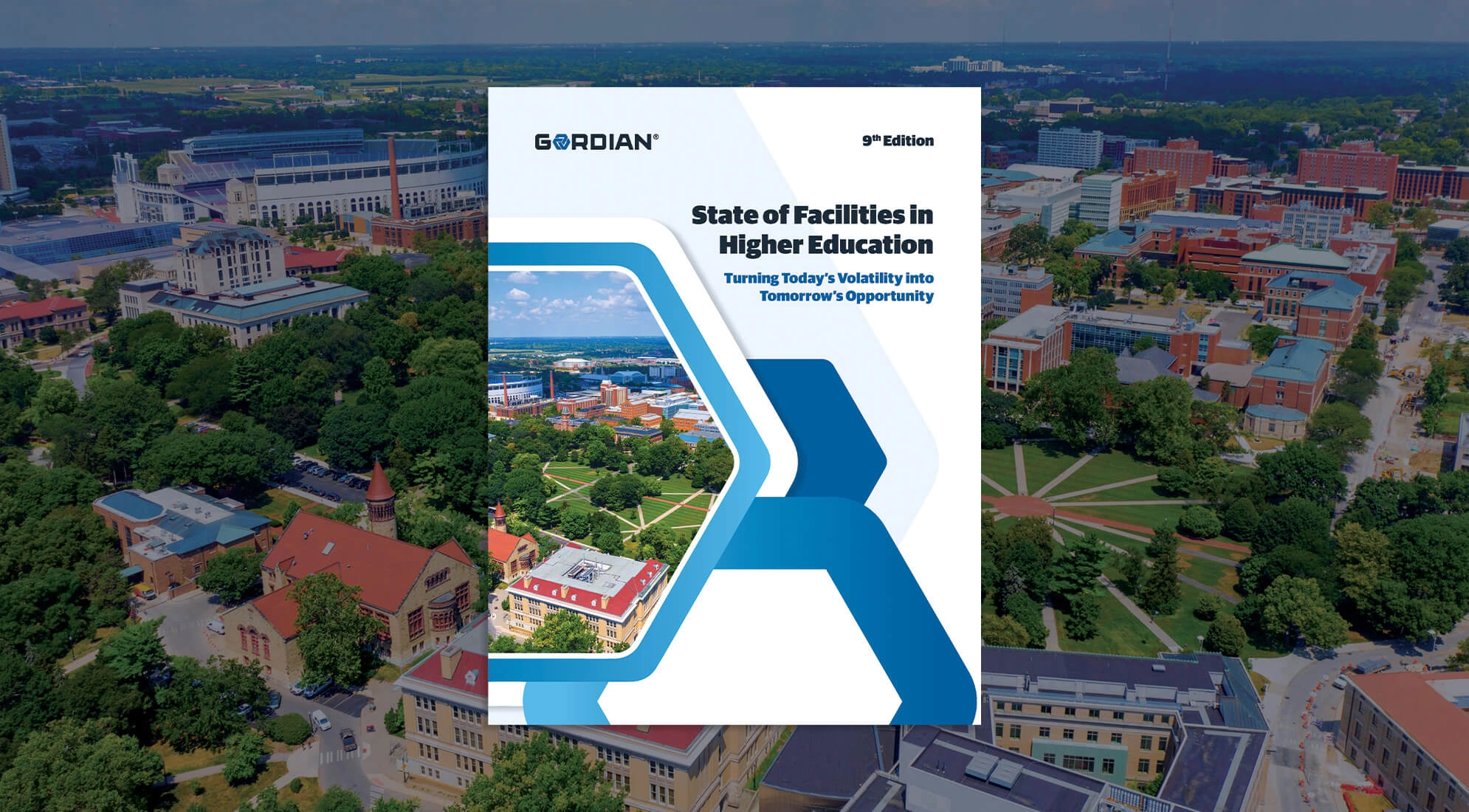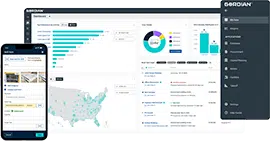The Building Condition Assessment: 4 Options for Successful Data Collection
A building condition assessment, also known as a facility condition assessment, is a critical step in developing a facilities capital plan. True to its name, a building condition assessment captures all the data about an organization’s facilities portfolio. This trove of information helps the leaders of that organization identify risks and opportunities so they can develop successful long-term facilities capital plans that help them reach their goals. Such an assessment provides an objective starting point for smart investments in the built environment.
Collecting Building Condition Assessment Data
Organizations have a slew of options when it comes to collecting facility condition data, and they must decide for themselves which assessment option is right for them. It’s not as easy as selecting the condition assessment most likely to help them achieve their objectives. Organizational leaders must also consider the time and resources they want to commit to such an undertaking. Here are a few options for gathering condition data.
1. Life Cycle Analysis
Developed by industry experts, these building models offer high-level insights into building conditions – what you might call a 30,000-foot view – without anyone physically walking through a building. This method emphasizes speed and de-emphasizes accuracy. Statistical modeling provides estimates of potential building or portfolio needs, and while a calculated estimate might be sufficient in some situations, organizations often use building models to direct more detailed condition assessment to areas where they are needed most.
2. Core Systems Assessment
An in-house assessment is a cost-effective way to baseline building conditions, quickly identify problem areas, prioritize facilities projects and keep your data current. Here’s how it works: Existing staff use survey tools on tablets or other mobile devices to guide them through the assessment process, automatically creating maintenance requirements and costs from the data they enter. The appeal of the Core Systems Assessment is lower cost, but many organizations do not have enough in-house staff to conduct a reliable building condition assessment AND complete their day-to-day responsibilities. In fact, organizations may find their self-assessments take longer than expected because the facilities staff deployed to gather the data is pulled in so many different directions.
3. Detailed Assessment
With this kind of assessment, qualified professionals (engineers and/or practiced assessors) evaluate all the major component systems in a building to determine their age and condition. Using data collected about plumbing, HVAC, various electrical systems and more, organizations get a better sense of the big picture. This data-driven understanding of systems replacement timing and capital expenditure needs enables a sound facilities investment strategy.
4. Engineering Assessment
A detailed building condition assessment consists of walk-through inspections conducted by qualified professionals, like the ones at Gordian. These teams survey buildings, systems and infrastructure assets in detail using tried and true methods to collect detailed and objective information on conditions and deficiencies. This type of assessment catalogs every building component from the foundation to the roof and everywhere in between, assessing every pipe, every valve, every door, every boiler, every heater, every vent and so on. If something can be assessed, it will be assessed.
The Engineering Assessment is the most expensive, but it’s also the most actionable, as it identifies opportunities for repairs instead of replacement and helps prioritize upgrades to improve the integrity of facilities. A detailed building assessment will even evaluate general compliance with codes and standards. With all of this data, organizations can route investments to the areas where they will have the biggest impact. This targeted, informed approach positions them for success.
Data Gathered in a Building Condition Assessment
The level of detail captured in an assessment will vary based on the needs of the organization. The following is a list of datapoints that could be captured in an assessment. It is by no means exhaustive, but it will give you an idea of the type of data you can expect to be gathered.
- Functional use – Hospital, classroom, offices, etc.
- Location
- Number and type of systems – HVAC, gas, flooring
- Actual age – The age of a system or component
- Renovation age – The time since a system or component was repaired or upgraded
- Improvement needs
- Recommended actions – Repair or replacement
- Costs – Most assessments use Gordian’s RSMeans data, the industry standard for construction costs, to estimate the cost of repairing or replacing a building system or component part
- Energy use – As organizations prioritize environmental sustainability, knowing how much power it requires to make buildings function is crucial
Building Condition Assessments: A Matter of Degree
It’s a good idea for any organization to conduct a building condition assessment. From large, private hospitals to rural public schools to the U.S federal government, organizations of all sizes need to collect and examine reliable conditions data before they plan or make investments in their physical assets. To do otherwise is borderline reckless.
Before beginning an assessment, an organization must create alignment on organizational objectives and have honest conversations about how much facilities condition detail they need to meet those objectives and what resources they are willing to commit to gather that data. Only then can they decide which level of building condition assessment is right for them.






